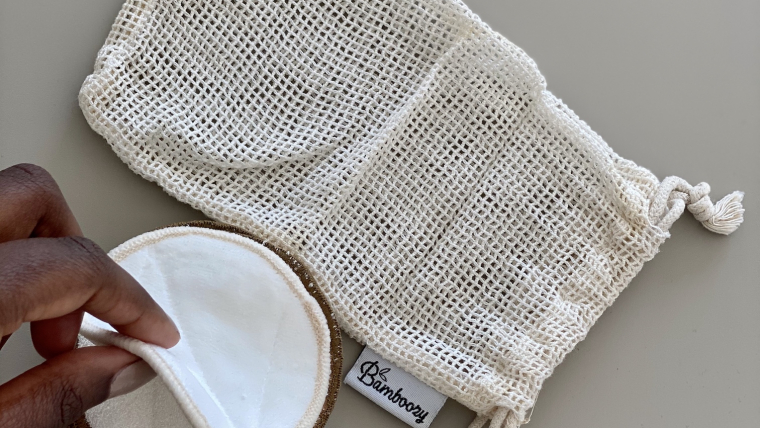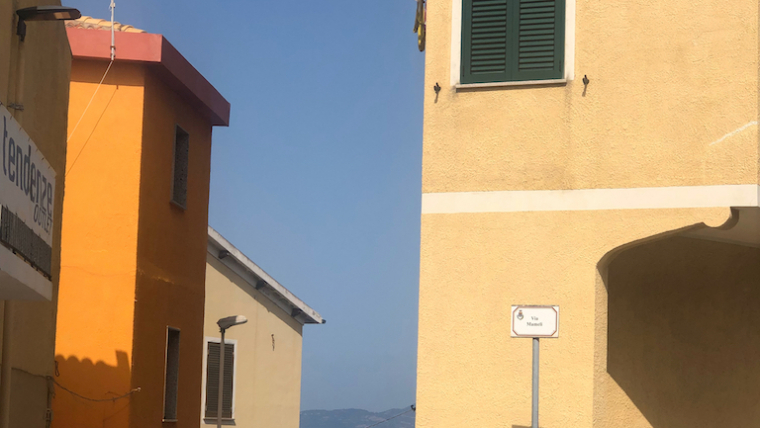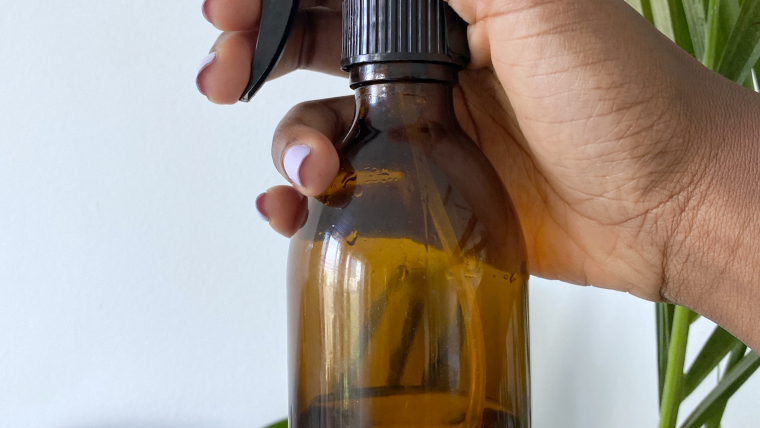… and tips how you can start your own and make conscious decisions.

Hello, Tribe, did you know that slow fashion is now a big part of my slow living lifestyle? The weird thing is that it’s one of the last changes I made. By delving more into holistic health and the slow lifestyle, I gradually came to slow fashion.
Nowadays I only try to buy clothes when I need something or am really in love with something, and then I opt for slow fashion by making the choice for sustainable brands or buying second-hand/vintage.
It used to be really different. Shopping was a treat! That was one of the love languages of home. If I got a good report card, I was allowed to choose something. When it was my birthday, Christmas, or another special occasion, I was allowed to buy new clothes.
I think that fashion or looking good and well-groomed outside the home is deeper within Surinamese culture because of our colonial past. It was not even that long ago that my ancestors, for example, were not allowed to wear shoes because they were enslaved. They did this, partly to distinguish between enslaved and free people.
And we live in a society where ‘appropriate’ clothing helps minimize the distinction between you and your more affluent or ‘socially accepted’ neighbor by skin color.
We were not rich, but my mother always made sure we looked perfect. And once in a while we also went shopping in a well-known high fashion shopping street in Amsterdam. Sometimes that was supplemented with things I got from older cousins for their cool style and during my baggy street style phase.
Still, when I think about it now, there might be a stigma on second-hand clothing. If you have enough money, then you don’t wear someone else’s cast-offs, do you?
The moment I was allowed to shop myself, I was especially aware of how hard my mother worked for money. So if I got money to buy a pair of pants, I would buy two or even three. I was very proud that I could multiply those few Euros.
I can remember my mother’s reaction so well every time. She was so proud at the time that I didn’t care about big brands and went for a few “good” items.
In my late teens, I actively went vintage shopping. Especially because at that time the 80s look was very hip. And mixed with new clothes, it made the look of the moment!
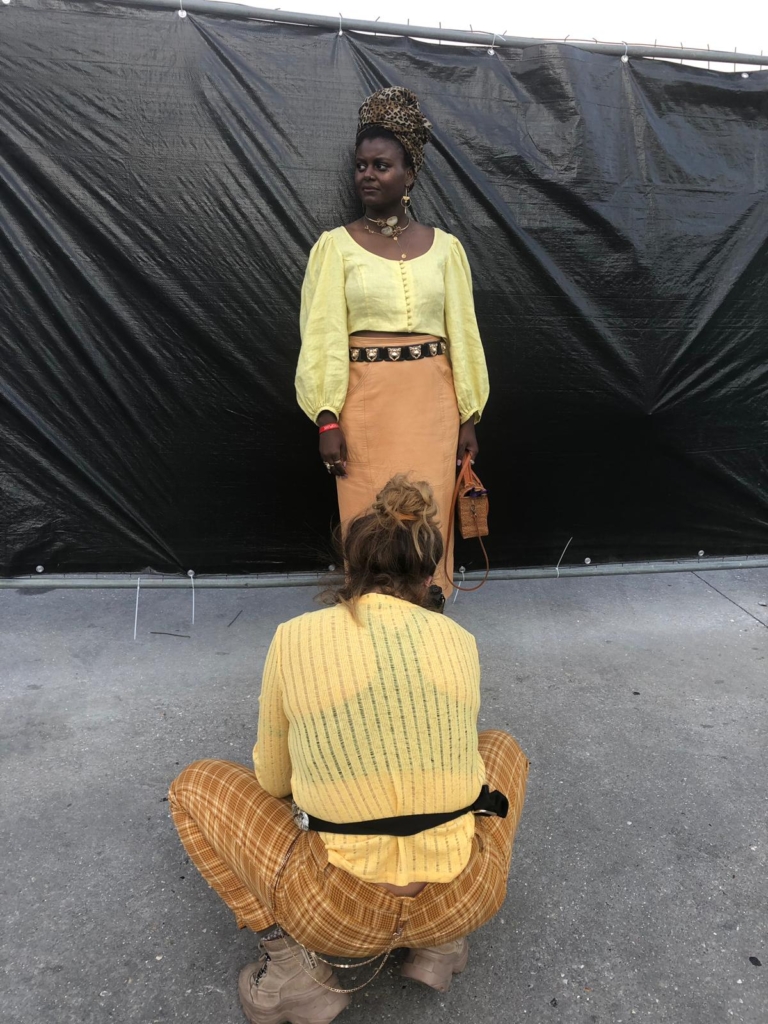
Over the past few years, I gradually became more aware of the fast fashion industry on my slow living journey. At some point, I learned about all the unethical and bad working conditions in the fashion industry, but I wasn’t really sure what the alternative was and therefore also not really sure what my responsible options were. As a student, I also had a limited budget (and as a starter after graduating without a government student allowance, actually much less). Because second-hand was cool at the time, it was sometimes more expensive than a standard retail chain. I now know that the price is not everything I have to pay attention to, but I will come back to that later.
Sometimes I asked for sustainable clothing tips from some friends, but found it all super expensive and unfortunately often not many nice options – in my eyes, really boring clothing (2005-2010). A few years later, I even wanted to set up a platform with a friend to make it easy for people to find cool items and luckily I discovered many more options through that search.
A few years ago, it hit me, but still not enough, but I was more aware and that was a great starting point for some change. Much less buying fast fashion and much more awareness. Second-hand, I found the most beautiful items, so that was easy too.
That was also the moment when I became aware of the amount of stuff I had. So I decided, if I wanted a new sweater, then an old sweater had to go. That helped a lot, but not enough.
My old wardrobe always got a second life. I’ve found that important all my life. Good items don’t go to the trash! There is always someone who will be happy with it. And my clothes actually last a long time. And I often actually take a long time with my clothes. I still have clothes and shoes that are twenty years old.
At the moment, I’m still working a bit with the method of something out, something in. But I’m actually making my wardrobe much smaller. I’ve been doing that slowly over the past few years. 2020 was the first year that I didn’t buy fast fashion at all. I do buy underwear and sometimes new shoes. I now hand more consciously buy second-hand, vintage, or just not at all.
And the latter is the result of the deepest realization. Why do I buy so many clothes? Why do I need so many clothes? Do all these clothes really make me as happy as I think? I learned about the benefits of less clothing. Less clothes means less mess to clean up, less clothes means less stress brought by choice stress in the morning. Well, that last one was mind blowing. Because I always bought a lot and variety so that I would have enough to choose from. But the opposite turned out to be true.
At the same time, I also discovered what clothing means to me. Partly as a creative, I think that clothing is a way of expressing myself, and also a way of expressing the different sides of my personality. But as I also mentioned, also as a black woman, a way to express myself the way I want. Sometimes I feel a bit more hippie, other times more street or I totally dress up. And clothes give me the means to express that. Therefore I will just enjoy the joy of clothes.
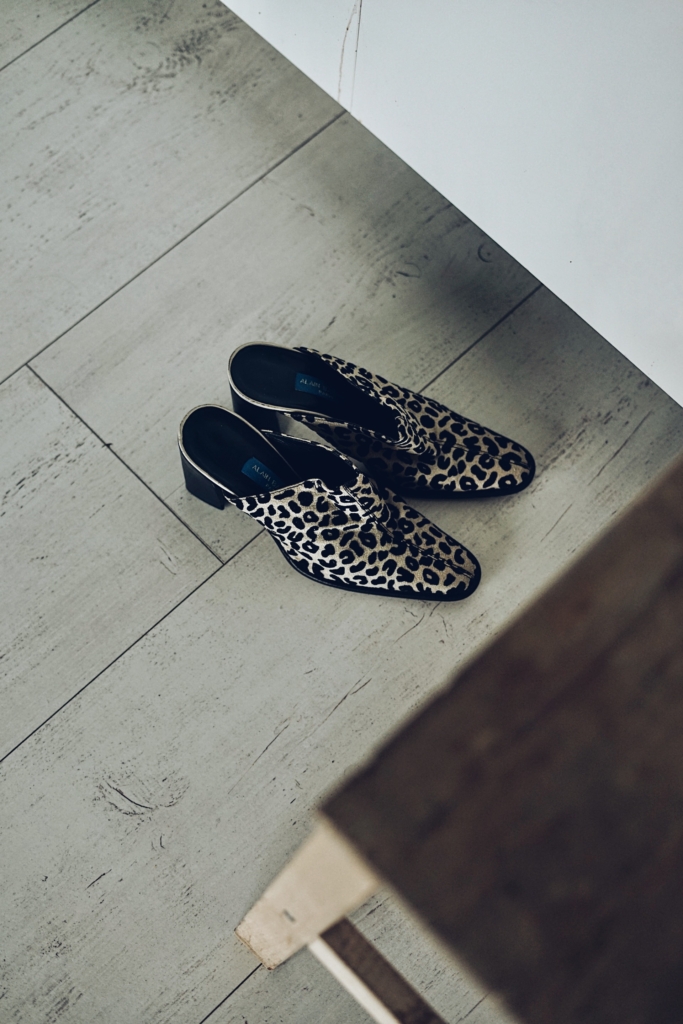
“But if a price seems too good to be true, it often is. In that case, something or someone else pays the price.” Marieke Eyskoop
I want to come back to the price of clothes. I read that if something is cheap, there is always someone else who pays the price. Someone else can be, by cheap, harmful means and or by man, by working a lot for little money in almost always stressful situations. As a result, I am less quick to judge more expensive, sustainable items. Sometimes it just costs a lot to produce something good and fair. And if I don’t want to spend that, there are still plenty of other options such as second-hand clothes.
For now, I’d especially like to share some slow fashion tips.
I approach my closet like this …
1. Only when something goes out is something allowed in. In this way, I make sure I have a clear overview of my closet. This way you prevent, for example, having ten exactly the same black tops.
More clothes do not actually mean that you have more options but, above all, it creates more stress when choosing.
2. No- fast fashion. Luckily, there are a number of alternatives today. It takes a bit of searching, but then you’ll get there. Based on your budget, I think exceptions are possible. I do buy fast fashion underwear and some shoes. For example, I decided to buy a pair of new boots to replace my other boots (which I’ve had for fifteen years). This doesn’t necessarily make it better, but choosing something that can last for years is a better choice for me (if I keep it at once a year).
My favorite spots are local vintage shops and Vinted. For designer wear, I check Vestiaire.
3. Take good care of your clothes – wash them at the right temperature, store them neatly – so that they last longer. If you don’t want it after a while, they can at least have a second life. And the second life may also be that you get some money in return by selling it 😉
4. Fix. Repair. The tailor is my best friend. The budget-friendly approach would be to fix it on my own, but that’s how I also support small business and ensure I have time for stuff that I really enjoy.
This also applies to second-hand clothing, which may not yet fit perfectly, but otherwise suits you in all ways. I just take it to the tailor and have it altered to fit perfectly.
5. Support locals: there are probably many (young) designers or tailors in your area. If you do want something specific, you can have it made by them (Be aware: that doesn’t necessarily make the material sustainable, but at least you know that the working conditions are fair).
Another tip: if you’re thinking, Huh, why would she mind buying fast fashion? Read this blog to learn more.
I hope you are enjoying fashion and have found some tools to start your own slow fashion journey.

